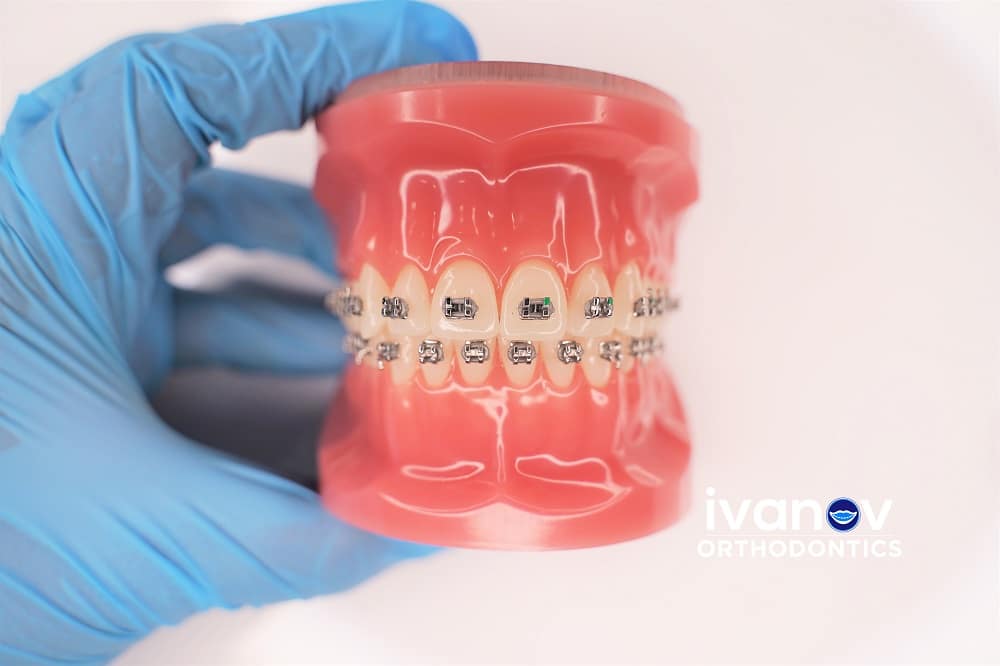Dental braces are devices used to treat malocclusion and jaw and teeth misalignment. Although braces are typically worn during adolescence, more and more adults are getting dental braces for correction as they age. Metal or ceramic material, wires, and a bonding substance are the main parts of braces. An orthodontist is a dental expert with expertise in this appliance and therapy for crooked teeth. You can also wear braces with missing teeth.
Â

The success rate of braces varies based on your age at the start of treatment and your treatment objectives. Braces usually are highly beneficial for persons who wear them, according to the children's orthodontist near me. However, this relies on the individual and their capacity to adhere to their orthodontist's instructions meticulously.
Â
What Types Of Dental Braces Are There
Â
The recommendation for braces from your orthodontist will depend on several factors, including your age and whether you also have crooked teeth and an overbite. They'll consider each individual's needs when making a set of braces. Most people believe traditional braces consist of metal brackets individually linked to teeth.
Â
The archwire attached to the brackets by elastic O-rings will compress your teeth and jawline. When they adjust the archwire, your teeth gradually migrate into the correct position, and the elastic bands are changed at orthodontist Miami sessions.
Â
Other braces include:
Â
- Invisible braces, also known as aligner trays, which you can remove and put back on throughout the day
- Ceramic "clear" braces, which are less noticeable
- Lingual braces, which are inserted behind your teeth.
 Â
Â
Do Dental Braces Hurt?
Â
According to a pediatric orthodontist near me, you shouldn't experience any discomfort when getting braces put on. However, patients may feel uncomfortable in the days that follow the first installation and during and after modifications. You can describe the discomfort from braces as a dull ache or throbbing. You can get relief from pain by wearing braces or an over-the-counter painkiller, like ibuprofen.
Â
How Do Dental Braces Move Your Teeth?
Â
By applying constant pressure to your teeth over an extended period, braces can reposition your teeth. According to an orthodontist specialist of Florida, your jaw progressively changes to accommodate this pressure. It can be challenging to understand that teeth can shift because we frequently believe they directly attach to our jawbone. However, a membrane that joins your teeth to your jaw lies beneath your gums and is encircled by your bones.
Â
This membrane regulates the position of your teeth and reacts to the pressure that braces apply to your teeth. It generally doesn't hurt to get braces during the dental appointment, which takes 1 to 2 hours. As you acclimate, you could feel sore the first week you wear the dental braces and have some soreness for a few days or a week after your orthodontist's adjustment to your braces.
Â
Conclusion
Â
We hope the above-provided information will help you learn some valuable and beneficial things regarding dental braces. For further informative updates, please visit ivanovortho.com.
Â
Article Source : https://www.bloggingpalace.com/what-kind-of-tools-are-dental-braces/